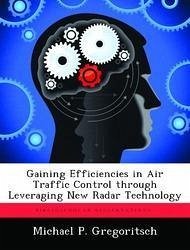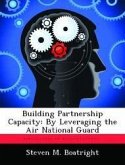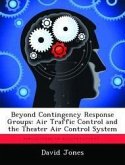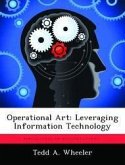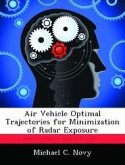This paper discusses how leveraging new radar technologies in the USAF Air Traffic Control (ATC) arena can produce significant gains in efficiencies. The USAF, in conjunction with the Federal Aviation Administration (FAA) and other Department of Defense (DoD) services has procured a new radar system for ATC called Standard Terminal Automated Replacement System (STARS). This new STARS system has a unique ability to take radar feeds from multiple non-contiguous ATC regions and combining them into one co-located USAF ATC radar approach facility. This technology for combining ATC radar facilities allows for efficiencies and enhances in manpower and infrastructure costs in garrison as well as tactical operations. Headquarters for Air Combat Command notionalized this concept as an effort to address critical manpower shortfalls in the ATC career field. We created the concept and worked with USAF leadership to implement combining Minot Air Force Base's radar approach control at Ellsworth Air Force Base. This paper discusses ACC's initiative at Minot and Ellsworth, to include the issues with the ATC career field that brought about this, at the time, notional concept, and efficiencies that can be garnered through implementation of this new operational concept on a larger scale.
